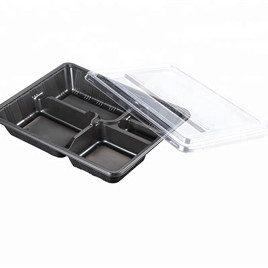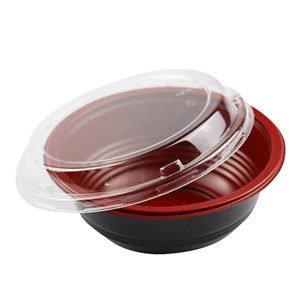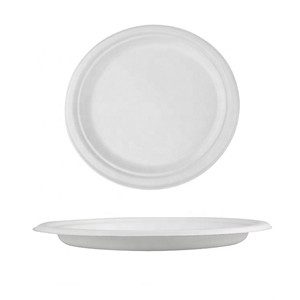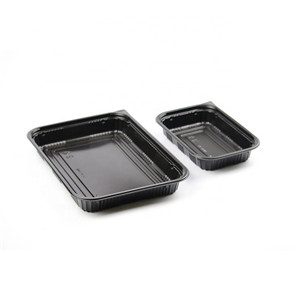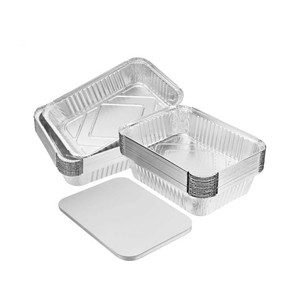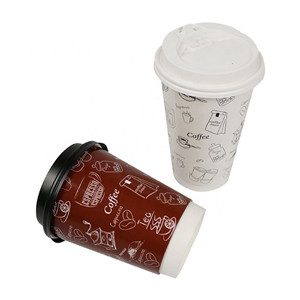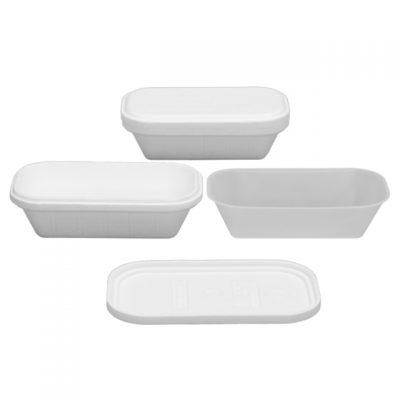Introduction: Foam food containers have long been favored for their convenience and affordability in the food industry. However, concerns about their environmental impact have sparked discussions about finding a balance between convenience and sustainability. In this blog, we delve into the pros and cons of foam food containers, exploring the challenges of minimizing their environmental footprint while recognizing their practical benefits.
- Convenience and Practicality One of the primary advantages of foam food containers is their convenience. Their lightweight design makes them easy to transport and carry, making them a popular choice for takeout and delivery services. Moreover, foam’s excellent insulation properties help keep food items hot or cold, maintaining their quality during transportation.
- Environmental Impact and Waste Management While foam food containers offer convenience, they present challenges in waste management and environmental impact. Expanded polystyrene is non-biodegradable and can persist in the environment for a long time, contributing to litter and pollution. Proper disposal and recycling are crucial to mitigate these issues and promote responsible waste management.
- Recycling and Sustainability Efforts Efforts to address the environmental impact of foam food containers include improving recycling practices and exploring sustainable alternatives. Some regions have implemented recycling programs for foam, diverting it from landfills and turning it into new products. Additionally, research into bio-based foams and biodegradable alternatives shows promise for more sustainable food packaging solutions.
- Consumer Awareness and Responsibility Promoting sustainability in foam food container usage requires consumer awareness and responsibility. Educating consumers about the environmental impact of foam containers and encouraging proper recycling and disposal practices are essential steps. By making informed choices and supporting businesses that prioritize sustainability, consumers can influence positive changes in the industry.
Conclusion: Balancing convenience and environmental impact with foam food containers is an ongoing challenge. While their practicality remains undeniable, the industry must address the issue of waste management and explore more sustainable alternatives. By combining recycling efforts, sustainability initiatives, consumer awareness, and responsible choices, we can work towards finding a harmonious balance that respects both convenience and environmental considerations.


